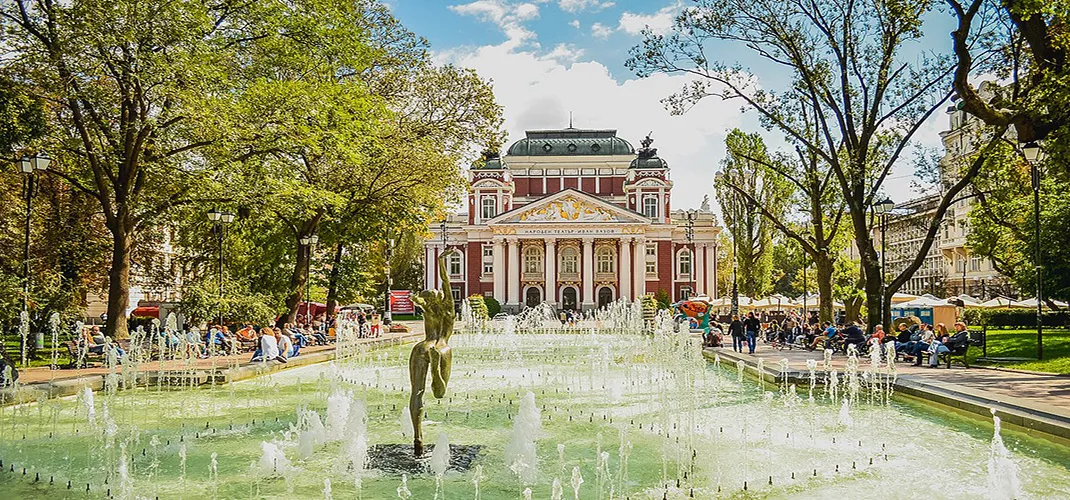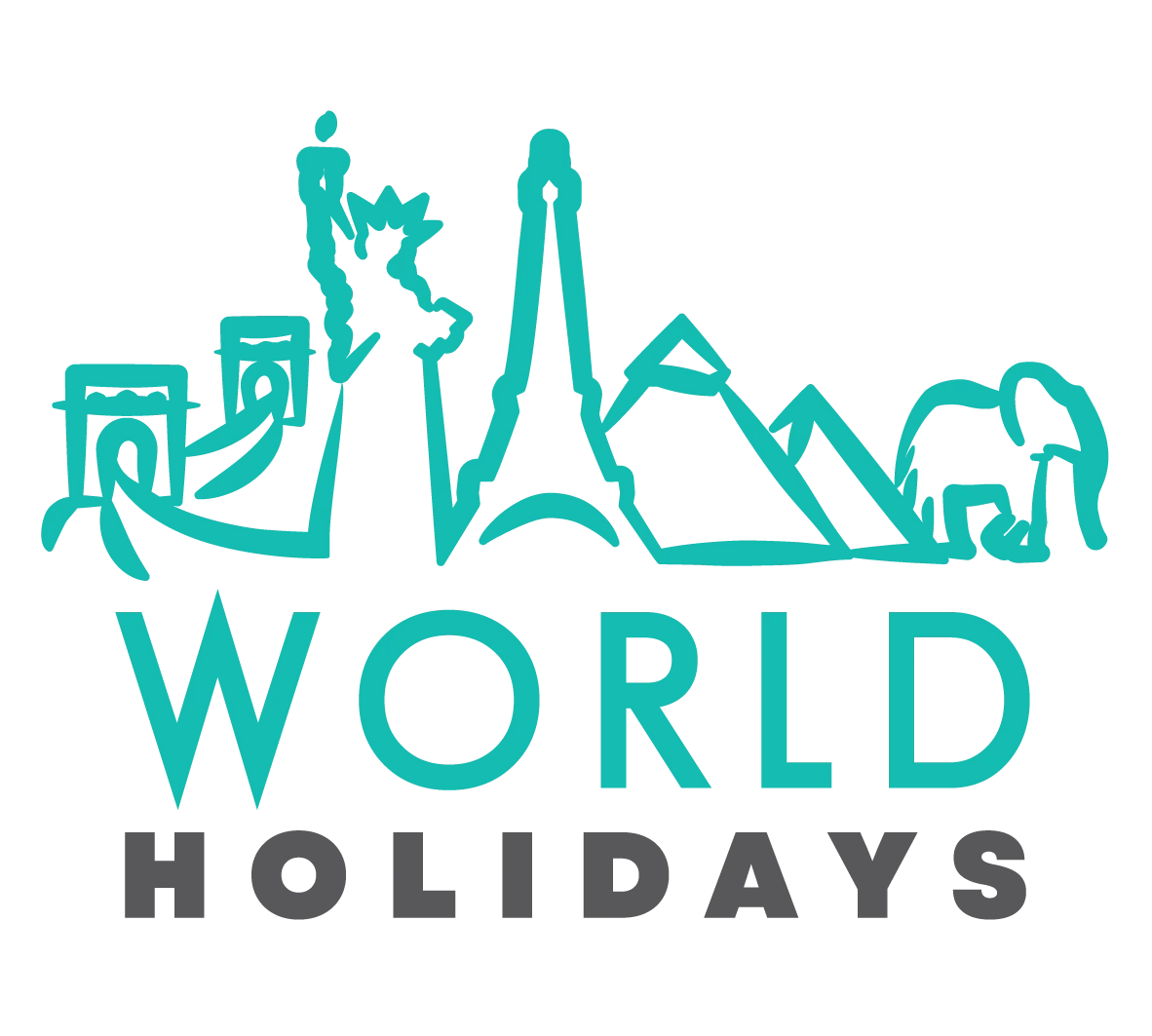Sofia

The Capital of Bulgaria, Sofia is a modern city with a checkered past. Their Churches have spent several centuries of their existence as Mosques, the domineering Soviet architecture or even the Roman history that is still being discovered. A lot of their buildings are from the Bulgarian Revival in the late 19th Century, when the country reclaimed its independence from the Ottomans.
St. Alexander Nevsky Cathedral, dates back to the 1880’s is one of Sofia’s grandest monuments. The interior has room for 10,000 people and is the second largest Cathedral in the Balkan region. When inside, take a look up at ceiling of the main cupola, which has a mural of the Lord God Sabbath. The crypt here is open to visitors and has a big collection of icons.
In the heart of ancient Serdica, the oldest building in modern Sofia is the 4th Century St. George Rotunda. It has survived unscathed for quite a long time and yet all around you will still find small interesting details that remind you of its great age and the civilisations that have passed though. Inside you can view the detailed medieval frescoes that had been painted over by the Ottomans when the Church was converted to a Mosque in the 1600’s. These were only rediscovered and restored in the 1990’s. Outside you can see the flagstones of a Roman Street and other remnants of Ancient Serdica.
The Serdica Amphitheatre is Sofia’s own Roman Amphitheatre wasn’t discovered until 2004. An interesting fact about this arena was that it had three lives. First as a Theatre, second as an Amphitheatre that was sacked by the Goths and lastly after it was unearthed it has become integrated into the design of the Arena di Serdica hotel. Visitors off the street are free to look down at the ruins from the hotel’s specially designed gallery.
St. Sofia Church is the Church that gave the City of Sofia its name back in the 1300’s during the Second Bulgarian Empire. This red brick building dates back to the Byzantine times and was founded in the 500’s on top of the ancient City of Serdica’s Necropolis. When visiting you can see the remnants of this ancient Church and the Tombs that date back more than 1500 years.
The 1909 the Ivan Vazov National Theatre was completed by its Viennese architects. The building with its towering portico is an iconic sight for Bulgaria, appearing on banknotes and is most famous for its drama productions.
Vitosha Boulevard is known as the most elegant street in the city, where you will find all the posh boutiques and fashion houses. If you are not an upmarket shopper then you can just take in the captivating views of the Vitosha Mountain, which is capped with a dusting of snow for much of the year and framed by the street’s tall buildings.
The imposing Vitosha Mountain climbs more than 2,200 metres behind Sofia’s southwestern suburbs, it is a towering peak located in a nature park. The easiest way to access Vitosha is via Aleko, the mountain’s ski resort, which is where the Simeonovo gondola lift will drop you off.
Boyana Church is situated on the lower slopes of Vitosha Mountain and is a UNESCO Heritage Site. This Medieval Church is almost surreal, in a grove of tall softwood trees in a quiet suburb of the city. Boyana Church was built over three stages between the 1000’s and the 1800’s, yet the most important additions were added during the Second Bulgarian Empire in the 1200’s. At this time the magnificent interior frescoes were painted, depicting some 240 historical and biblical figures in a realistic style.
Other places of interest include the National Historical Museum, housed in the former dictator Todor Zhivkov’s residence. This Museum’s home is also a piece of Bulgarian history.
The National Institute of Archaeology was inaugurated back in 1905 as a way of bringing all of the important archaeological finds scattered around Sofia and Bulgaria under one roof.
Sofia is a city with a lot of spring activity and these waters have drawn visitors since the medieval times. The Central Mineral Baths date back to 1913 and were still being used until the mid-1980’s. It’s one of Sofia’s most photographed buildings, constructed in the Neo-Byzantine style with a large dome behind an impressive vestibule. The gardens are open to the public and the fountain at the centre is fed by the hot natural mineral water.
Sofia has the largest Synagogue in the Balkan region and the third largest in Europe. It was built for Sofia’s sizeable Sephardic Jewish population in 1909, when Tsar Ferdinand I of Bulgaria was around. There is room for more than 1,000 people inside this building, which is in the Moorish Revival style inspired by the old Sephardic Temple in Vienna that was destroyed in 1938.
